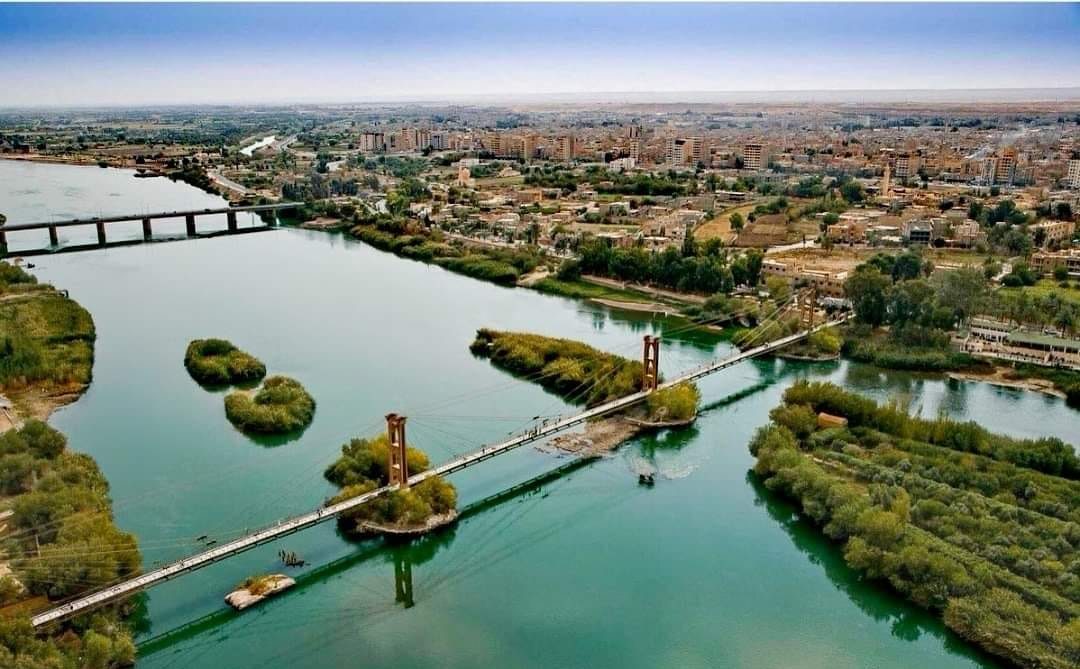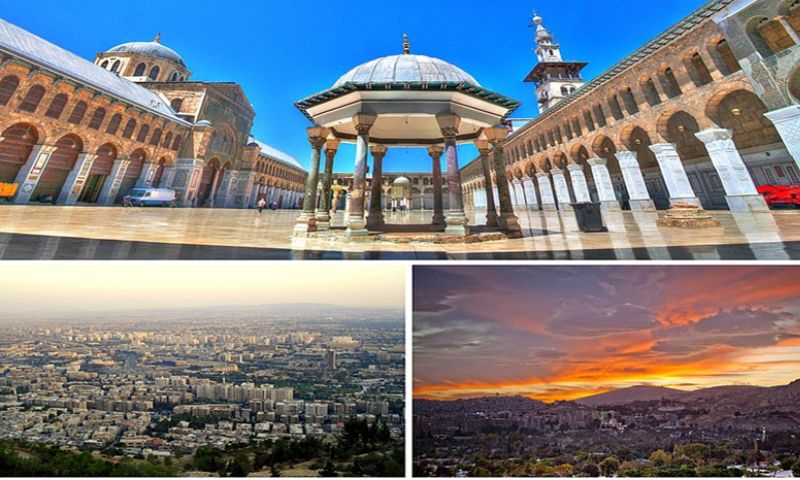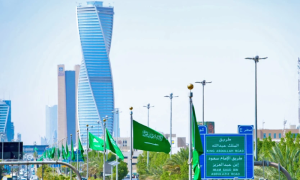HOMA, SYRIA:
The city of Homs, nestled in the heart of Syria’s central region, boasts a rich tapestry of religious and ethnic diversity, serving as a microcosm of Syria itself. Situated approximately 160 kilometers north of the capital, Damascus, and renowned as the third-largest city in Syria after Damascus and Aleppo, Homs is steeped in history and cultural significance.
With a populace comprising Muslims and Christians from various sects and ethnic backgrounds, Homs epitomizes Syria’s pluralistic heritage. The city’s hinterland extends to Palmyra, nestled in the heart of the Syrian desert, home to numerous prominent Syrian clans and tribes.
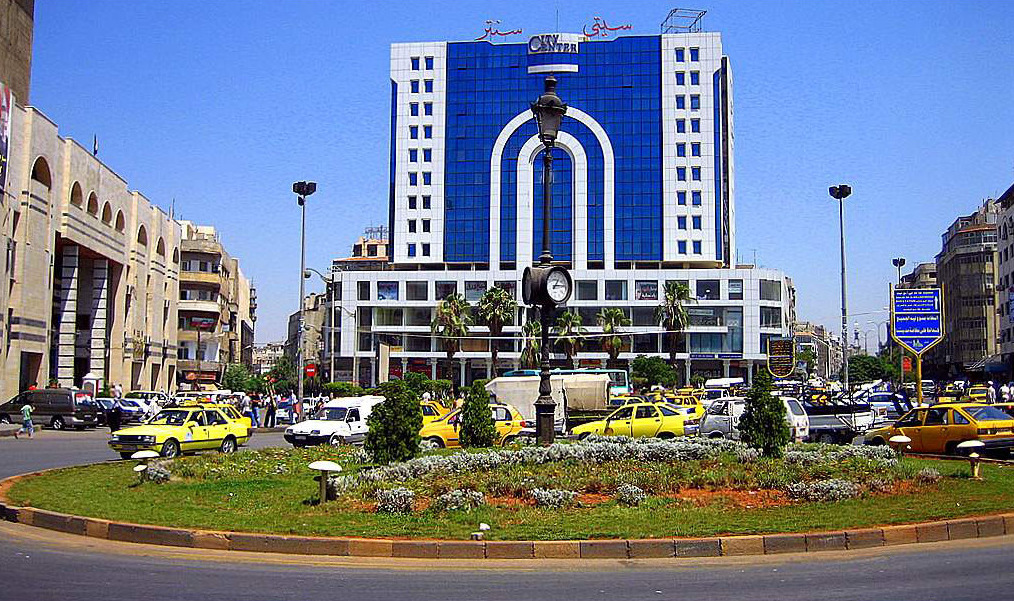
Shrine of Khalid bin Al-Walid
One of the most iconic landmarks in Homs is the revered shrine of Khalid bin Al-Walid, a companion of the Prophet Muhammad, earning the city the epithet “the city of Ibn Al-Walid.” Additionally, the majestic Al-Hosn Castle, located nearby, stands as a testament to the region’s medieval legacy. Renowned as one of the most magnificent Crusader castles globally, Al-Hosn Castle comprises two concentric fortresses, boasting formidable defensive structures and architectural splendor. The inner castle, perched atop a slope, commands a commanding view of the surrounding landscape.
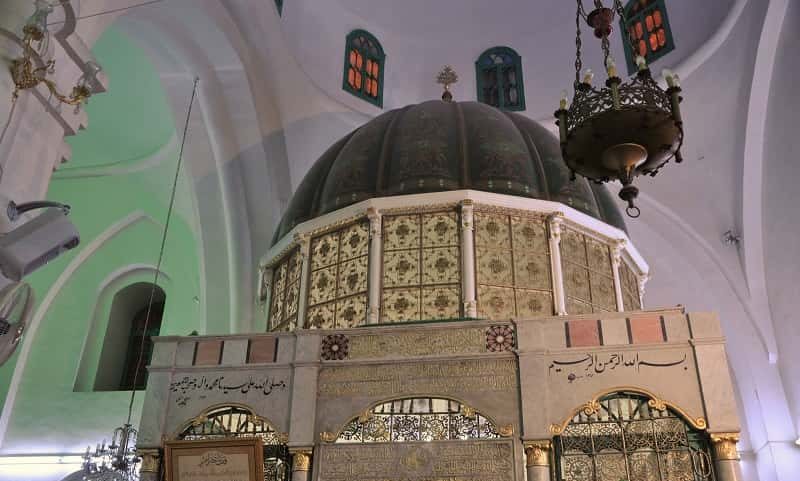
Deir ez-Zor
In contrast, the city of Deir ez-Zor, situated along the banks of the Euphrates River, unfolds a saga of historical epochs and civilizations. Historically, Deir ez-Zor served as a vital trade hub during Roman rule, facilitating commerce between the Roman Empire and India. It later fell under the sway of Queen Zenobia and became integral to the Palmyra state. During the Abbasid era, Deir ez-Zor flourished economically and agriculturally, earning the appellation “Deir al-Rumman,” owing to its abundant streams and canals sourced from the Euphrates and Khabur rivers.
However, Deir ez-Zor’s fortunes waned with the Mongol invasions, resulting in widespread destruction and upheaval. The city’s name, derived from Aramaic, translates to “livestock pasture,” underscoring its historical abundance of livestock amidst a desert landscape.
Both Homs and Deir ez-Zor stand as testaments to Syria’s rich heritage, embodying a fusion of cultural, historical, and architectural marvels that continue to captivate visitors and scholars alike.
